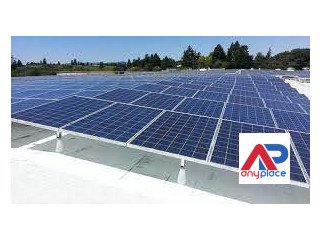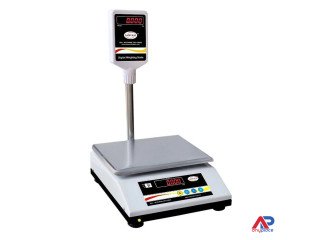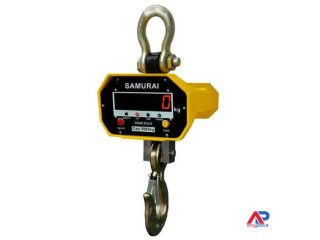How is heavy-duty steel grating manufactured?
2021-12-14 10:10 Electronics Bahraigh 248 views Reference: 205Location: Bahraigh
Price: Contact us
How is heavy-duty steel grating manufactured?
Heavy-duty steel grating can be integrated into an extensive range of industrial projects, from airplane hangars to drainage grates. Contractors rely on steel grating products for roadway inlet gratings and other industrial applications. With its high demand in industrial construction, steel grating needs to be made as quickly and efficiently as possible. Laurel Custom Grating (LCG) is at the forefront of automated steel grating manufacturing. The company’s modernized fabrication process ensures their products are of the highest quality—and that they arrive on time. Bill Adams, sales team lead at LCG, recently discussed how LCG combines hand-welding and automated technology to produce versatile, durable steel grating products.
Hand-welded, heavy-duty steel grating offers design versatility and a quick manufacturing process, so the products can make their way to construction sites faster. Our 30,000-square-foot manufacturing facility at LCG features large capacity hydraulic presses with automated feed lines and high-production robotics. By using robotic technology, we maintain our competitive edge in the steel grating market. Our high-capacity hydraulic presses are precise and economical, providing users with reliable, heavy-duty steel grating products at an affordable price.
Automation allows us to maximize productivity and efficiency. Our robotic welder can weld commercial steel grates from start to finish. This means less time needed for staging materials—and less people needed for the job. Instead of having to do the fitting process and the welding process in two different areas, the robotic welder puts all of the material into the fixture and then it welds it on the spot.
This hand-welding process is very efficient and allows for customization, too. First off, LCG’s team cuts the steel to size, and then punches in the bearing bars to allow the cross bars to fit in. Then they fit the steel grating to spec and assemble it. The welders complete all of the final touch-ups to ensure the gratings are in compliance with National Association of Architectural Metal Manufacturers’ standards, and the customer’s specific requirements. Our manufacturing facility in Everson, Pennsylvania, also offers convenient access to major interstates, which makes the shipping process even simpler and more energy-efficient.
How to Avoid Problems When Installing Stair Treads
When using resilient stair treads on angled “ADA” steps, choose a tread that is notched so it can bend (top) or an angled nose tread (bottom) that will fit snugly against the step.
Stair treads have been around for a long time, and are a tough, durable and safe covering for stairs from heavy duty to light usage. Growing up in the industry, I always found stair treads an interesting material. I spent several years working for a major manufacturer of stair treads, and recently started working with another. You could say this is a product category that is near and dear to my heart. I recently visited an office where diamond design rubber stair treads were installed and asked how old they were. The answer, “1965,” did not surprise me. Done properly, stair treads will last a good long time.
The keys to stair tread installation success start before even taking the order. There are two types (rubber and vinyl), two shapes (round nose or square nose), two different constructions (one piece tread and riser or separate tread and riser), and a variety of surface textures (diamond, ribbed, circular, smooth, etc.). Rubber treads are the most widely used, for everything from the most heavy traffic area to light duty use. Vinyl treads tend to be for light duty use.
As for the type of nose, this is an important detail. “Square Nose” could be a 90-degree angle step or in the case of newer steps the riser is angled back to provide a more safe walking surface, as per the Americans with Disabilities Act (ADA). Make sure the tread can be angled. Some treads come out of the box already angled and some have a notch at the nose so it can be bent slightly, as shown in the photo below. I remember being on a job where square nose treads were ordered for an angled step. I had to show the installers how to grove out the back of the nosing by hand. We made it work and it turned out to be a beautiful job, but the extra time required could have been avoided by ordering a tread that was able to handle an angled riser.














